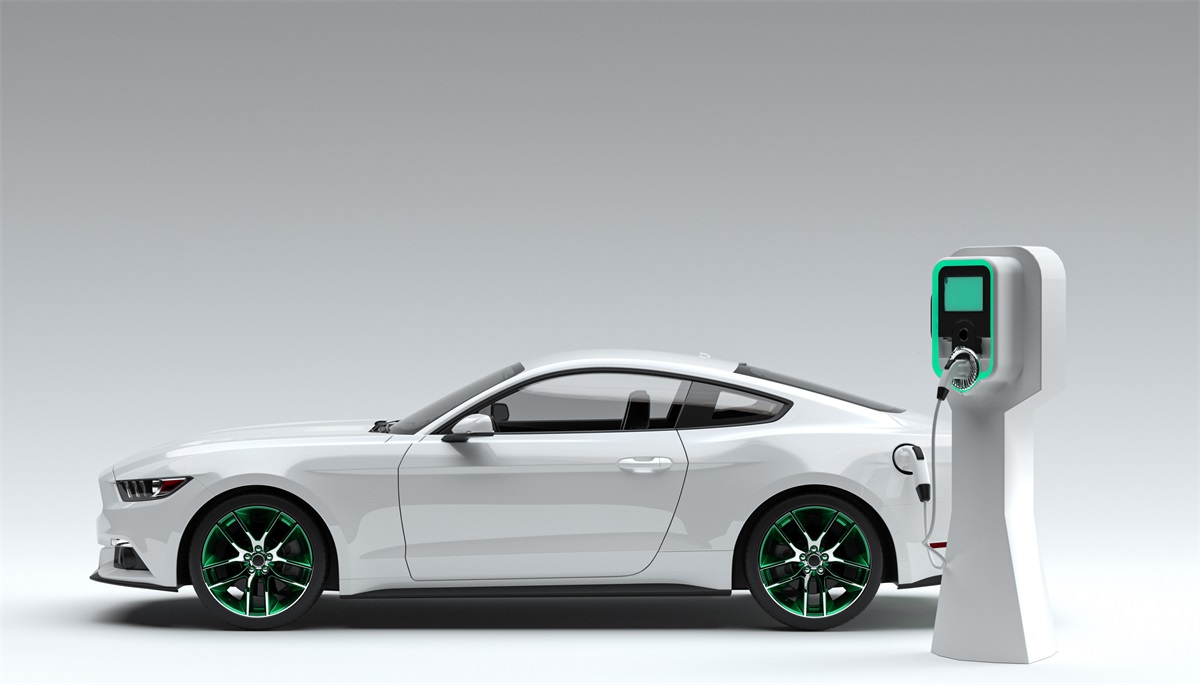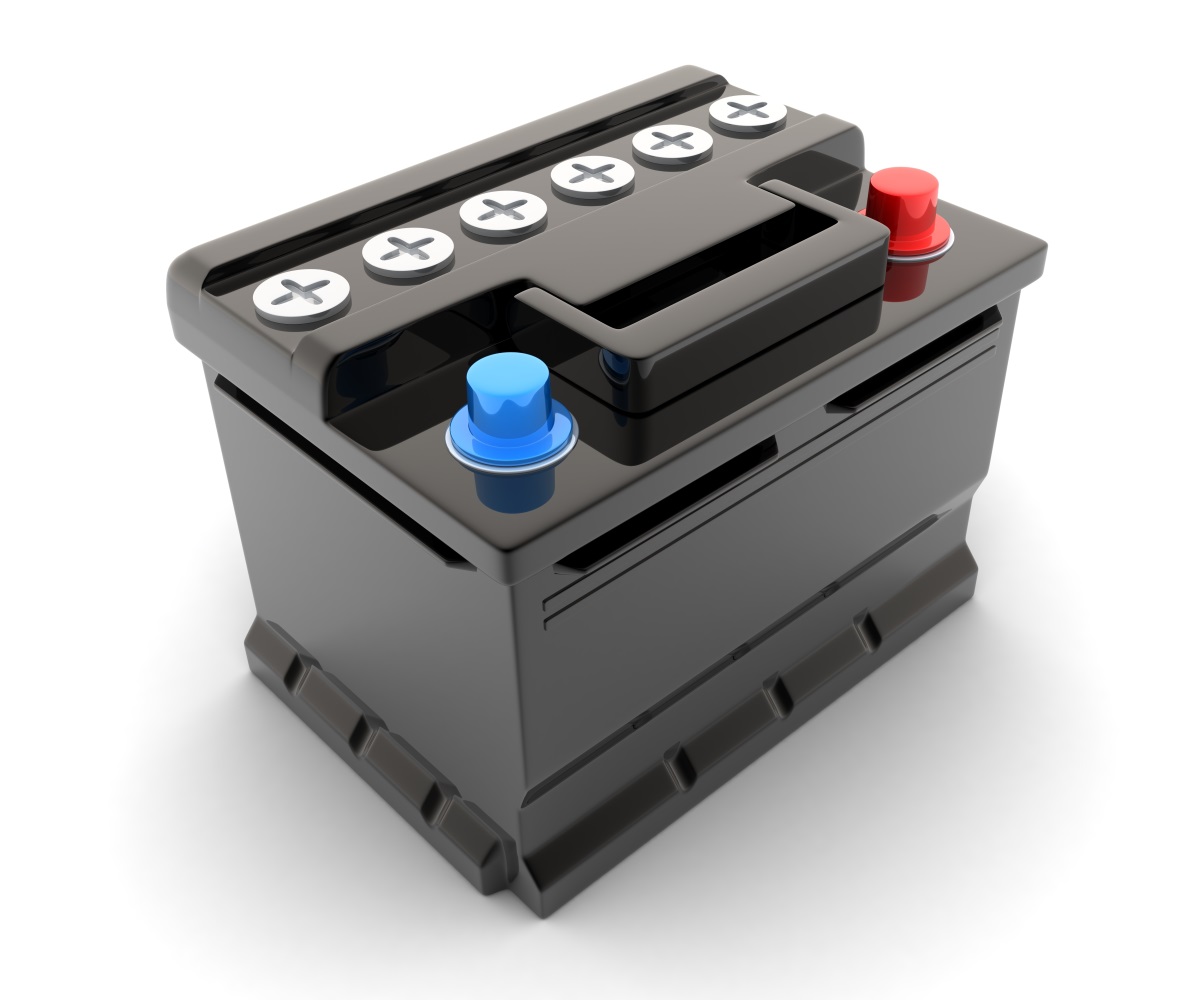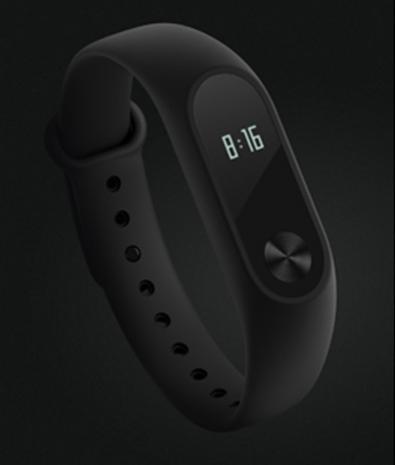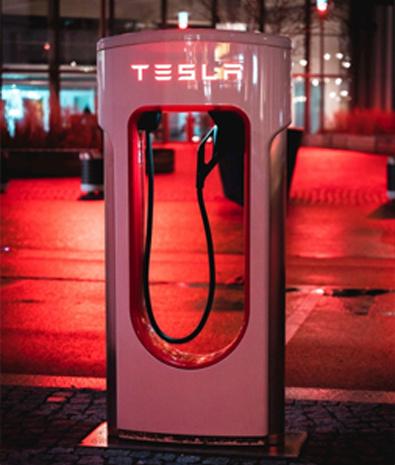Application
As is well-known, new energy vehicles mainly utilize electric power as their driving force, with power batteries driving the electric motors to achieve vehicular motion.
Unlike traditional fuel vehicle batteries, which primarily serve functions such as starting, lighting, and ignition, power batteries are primarily designed to provide continuous power over time and support energy recycling through rechargeable use.New energy power batteries boast remarkable features such as high working voltage, large specific energy, compact size, lightweight design, long cycle life, low self-discharge rate, minimal memory effect, and reduced pollution. In new energy vehicles, replacing some metal components with plastic in high-voltage electrical systems, where performance allows, can achieve weight reductions of around 30%. Currently, adopting plastic lightweight design in an electric vehicle can reduce its weight by approximately 100 kg, achieving energy conservation and emission reduction.
In addition to lightweight design needs, power battery module casings now require "integrated design" to meet the demand for enhanced battery and overall vehicle power density. There are three stringent requirements for selecting materials for power battery casings:
(1)Power battery casings must possess excellent impact resistance, and their mechanical properties must remain stable within strict limits.
(2)To effectively protect internal battery structures, the plastic casing must maintain sufficient strength and hardness while ensuring necessary plasticity.
(3)To adapt to various usage environments and ensure battery life, power battery casing materials must exhibit outstanding corrosion resistance and chemical stability.
PC and PC/ABS products offer excellent weather resistance with UL746C-F1, high impact strength, low-temperature resistance (-35°C), and flame resistance that meets a variety of thicknesses for V-0 and 5VA products. They can also provide products with equivalent PCR content.




